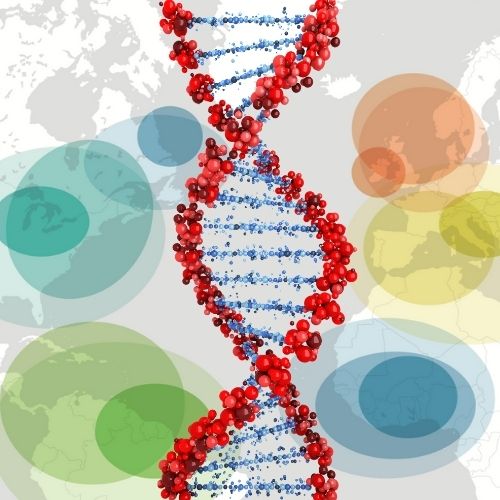| Two Key Tips for Understanding Ethnicity Estimates |
| Ever since the advent of consumer DNA testing, millions of people have purchased a test hoping to learn something about their ancestry. For genealogists, many of us may have heard family stories about specific ethnic origins, so it can be quite surprising when ethnicity results don't match up with what we expect. One question I am often asked is why do I show “this” ethnicity when I thought I was “that” ethnicity? This is a great question and a fairly simple one to answer. First, due to how our ethnic pieces are inherited, a lot has to do with chance. You inherit 50% of your genetics from each parent. Each generation, the ancestral segments can decrease, meaning the further you are from a specific ancestor, the less genetic material you could inherit from them. So, in turn, the fewer segments used for ethnicity are inheritable too. Also, you must remember that the more information the companies gather from the tests, the better their databases become. But it is important to remember that these results are estimates and will be different from company to company depending on how they choose to interpret the results. If you were attending one of my lectures, I would encourage you to look into the history (and social history) of where your family could be from. This often helps understand why unexpected results could show up. For example, I have Iberian Peninsula results from all the sites I've tested with, but no documented ancestors from there. However, I do have ancestors who lived in ports that did trade with Spain and had “Latin quarters” in the port towns. Well, that can explain those unusual results. |


















